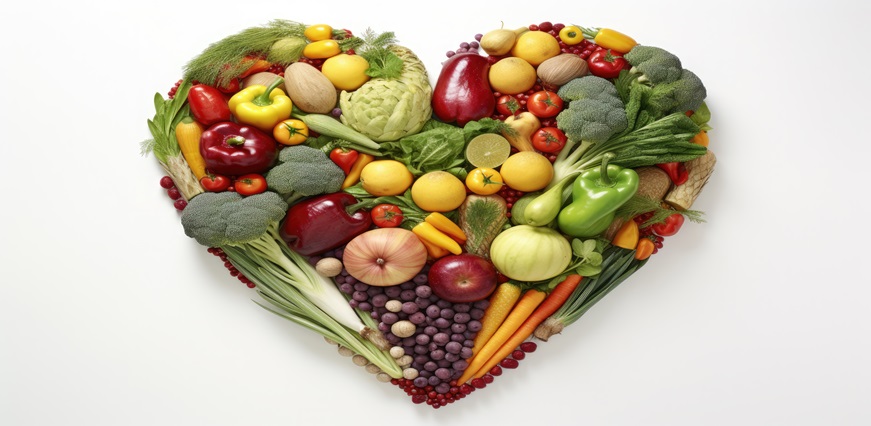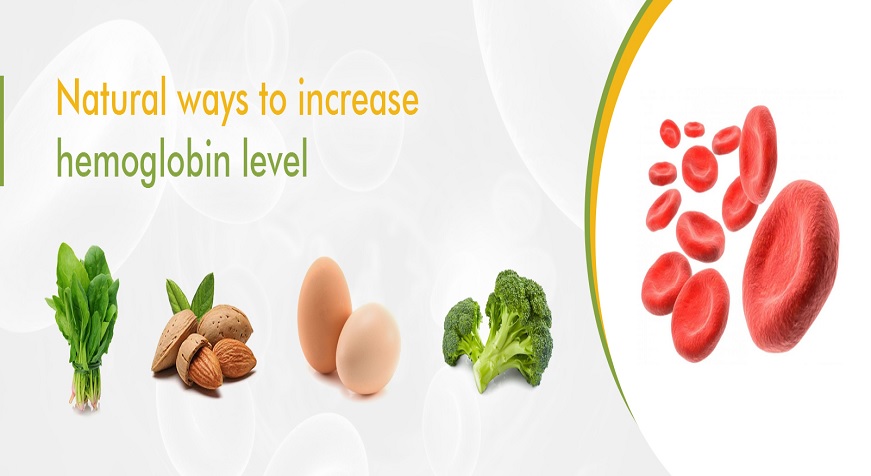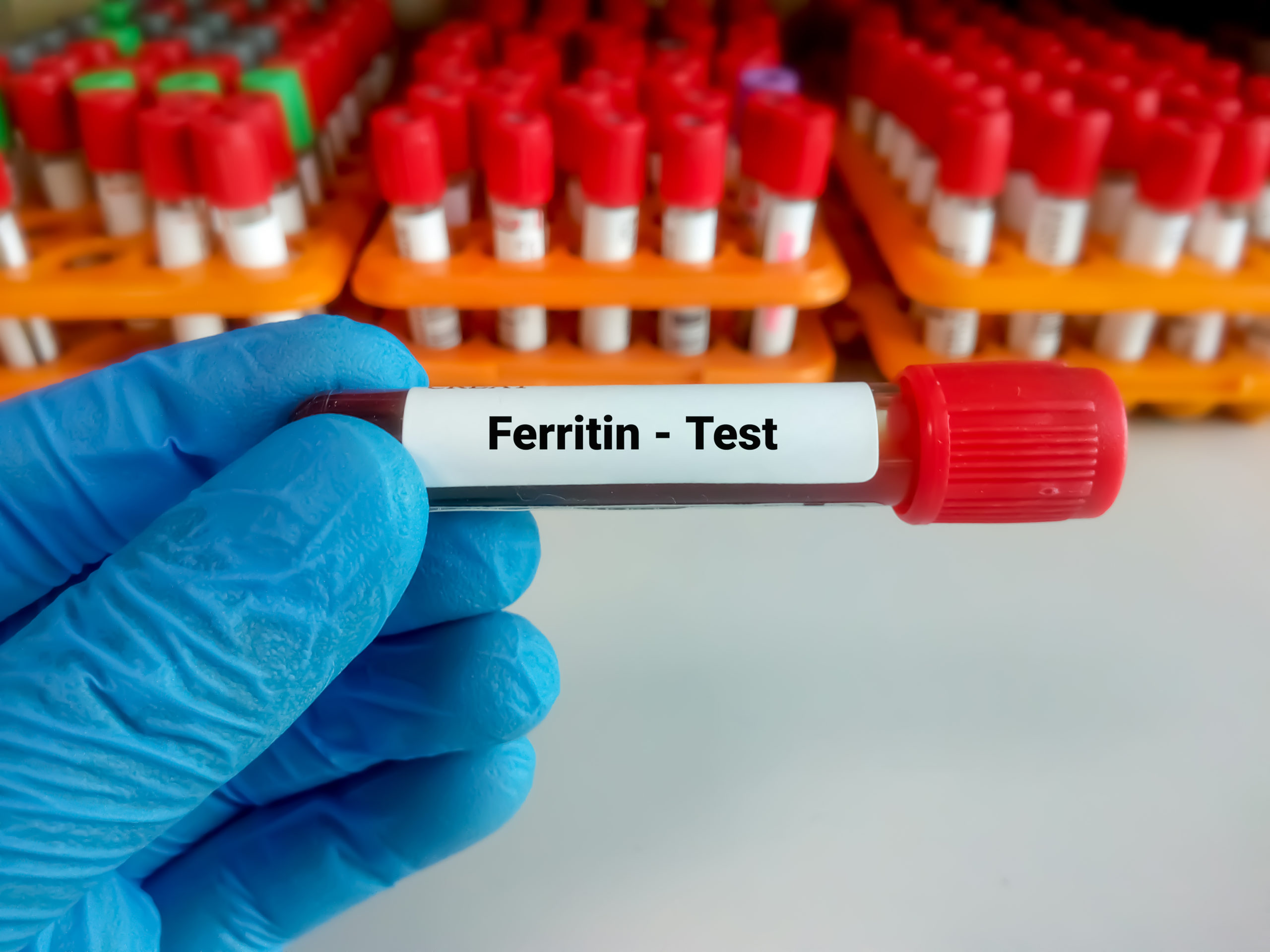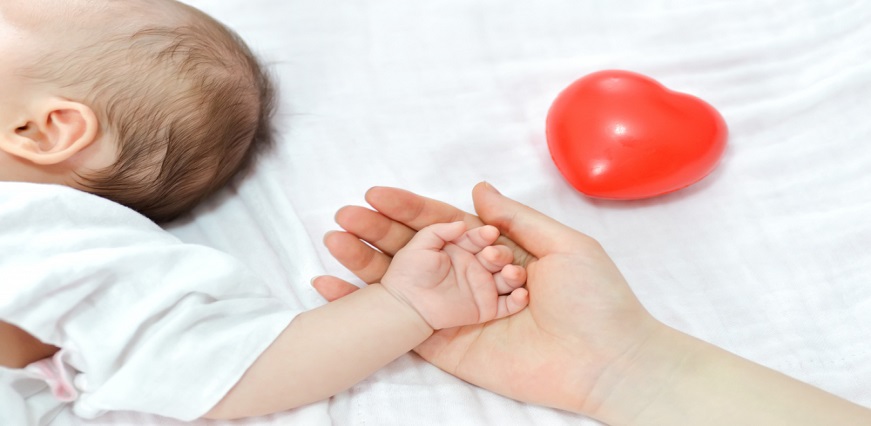Iron deficiency anemia is a blood disorder that occurs when there is not enough healthy red blood cells to carry oxygen throughout the body. Hemoglobin, a protein found in red blood cells, is iron-rich. When there is not enough iron in the body, the hemoglobin cannot function properly and the cells cannot carry oxygen as efficiently, leading to anemia. Iron deficiency anemia can be caused by a number of different things, including heavy menstrual bleeding, pregnancy, gastrointestinal bleeding, and more. The symptoms of iron deficiency anemia can range from fatigue and pale skin to shortness of breath and heart palpitations. If you think you may be suffering from iron deficiency anemia, it is important to see a doctor for diagnosis and treatment.
What is Iron Deficiency Anemia
Iron deficiency anemia is a condition in which the body does not have enough iron to produce hemoglobin, the protein in red blood cells that carries oxygen. Without enough oxygen-rich blood, the body cannot function properly.
Not getting enough iron in the diet can lead to iron deficiency anemia. This is especially common in infants and young children, as their bodies are growing rapidly and need more iron than adults do. People with poor diets may also be at risk for other nutrient deficiencies. Pregnancy: Pregnant women need more iron than non-pregnant women because they are making hemoglobin for two people (themselves and their baby). About 20% of pregnant women develop iron deficiency anemia.
Pregnant women need more iron than non-pregnant women because they are making hemoglobin for two people (themselves and their baby). About 20% of pregnant women develop iron deficiency anemia. Chronic illness:
What are the symptoms of iron deficiency anemia?
The most common symptom of iron deficiency anemia is fatigue, but other symptoms may include shortness of breath, pale skin, fast heartbeat, and headaches.
At first, iron-deficiency anemia symptoms can be subtle, and you might not even be aware of them. The majority of people don't recognise they have moderate anaemia until they get a normal blood test, according to the American Society of Hematology (ASH).
- general fatigue
- weakness
- pale skin
- shortness of breath
- dizziness
- tongue swelling or soreness
- cold hands and feet
- fast or irregular heartbeat
- brittle nails
- headaches
What are the causes of iron deficiency anemia?
Iron deficiency anemia has many possible causes. This can occur due to
- heavy menstrual bleeding,
- gastrointestinal bleeding
- (from ulcers, tumors, or chronic inflammation), or
- blood loss from injury or surgery.
- Pregnancy and childbirth are also major causes of iron deficiency anemia in women.
In developing countries, the most common cause of iron deficiency anemia is inadequate dietary intake of iron. This can be due to poverty, lack of access to food, or cultural preferences for foods that are low in iron (such as rice). Infection and parasitic diseases are also major causes of iron deficiency anemia in developing countries.
Why is iron-deficiency anemia more common in women?
Iron-deficiency anemia is more common in women because they have a higher need for iron. Women lose iron each month during menstruation, and they need more iron during pregnancy and breastfeeding. Women are also more likely than men to have chronic blood loss, such as from gastrointestinal bleeding or uterine fibroids.
Why is iron-deficiency anemia in Children
Iron-deficiency anemia is a common problem in children. It can be caused by a number of factors, including a diet lacking in iron-rich foods, blood loss, or an inability to absorb iron from the diet. Iron-deficiency anemia can lead to a number of problems, including fatigue, pale skin, and shortness of breath. If left untreated, it can cause serious health problems, such as heart failure or mental retardation. It's crucial to get diagnosed and treated right away to avoid severe problems.
How is iron-deficiency anemia diagnosed?
Below are the tests that doctor can recommend for diagnosing the iron deficiency anemia
A complete blood count (CBC) test measures the cells that circulate in your blood. It frequently forms a component of a regular full body health checkup. A CBC can help your doctor check for certain conditions, such as anemia, infection, and even cancer.
The test is usually done with a machine that counts the cells in a small sample of your blood. The sample is then analyzed to give your doctor information about the types and numbers of cells in your blood.
A ferritin test is a blood test that measures the amount of ferritin in your blood. Your body stores iron in a protein known as ferritin. Iron is a mineral that your body needs to make hemoglobin, which is a part of red blood cells.
If you have too little ferritin, it may mean that you have iron deficiency anemia. Too much ferritin can be a sign of liver disease, inflammation, or heart failure.
A red blood cell (RBC) count is a blood test that measures the number of red blood cells in a person's sample of blood. Red blood cells are the most common type of blood cell and carry oxygen from the lungs to the body's tissues.
The total iron-binding capacity (TIBC) test measures the amount of transferrin in your blood. A protein called transferrin transports iron in the blood. The TIBC test is used to find out how much iron your body can store. It is also used to see if you have iron deficiency anemia or other types of anemia.
How is iron-deficiency anemia treated?
Iron-deficiency anemia is treated by replenishing the body's stores of iron. This can be done through diet, supplements, or injections. Diet changes may include eating more foods that are high in iron, such as red meat, dark leafy greens, and fortified cereals. Supplements can be consumed as a liquid or as pills. Injections are usually given only if other methods have not worked.
How to prevent iron-deficiency anemia
Iron-deficiency anemia is a common problem caused by not having enough iron in your body. Hemoglobin, which carries oxygen in your blood, is made possible by iron. If you don’t have enough iron, your body can’t make enough hemoglobin, and you may have symptoms of iron-deficiency anemia.
You can prevent iron-deficiency anemia by eating foods that are high in iron, such as red meat, dark leafy greens, beans, and fortified cereals. You can also take an iron supplement if your doctor recommends it.













 7982100200
7982100200
























 To reach our help desk call 9213188888
To reach our help desk call 9213188888.png)
Comments